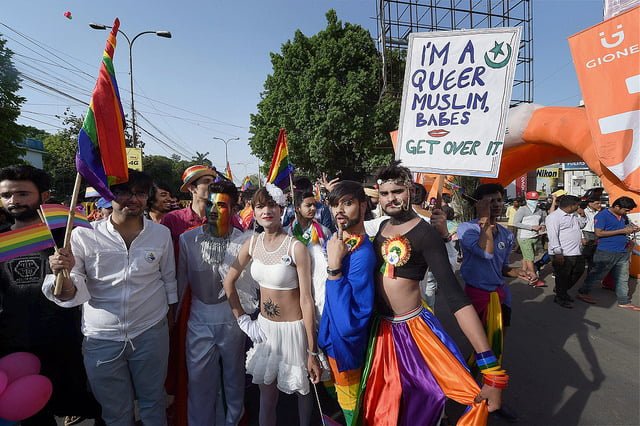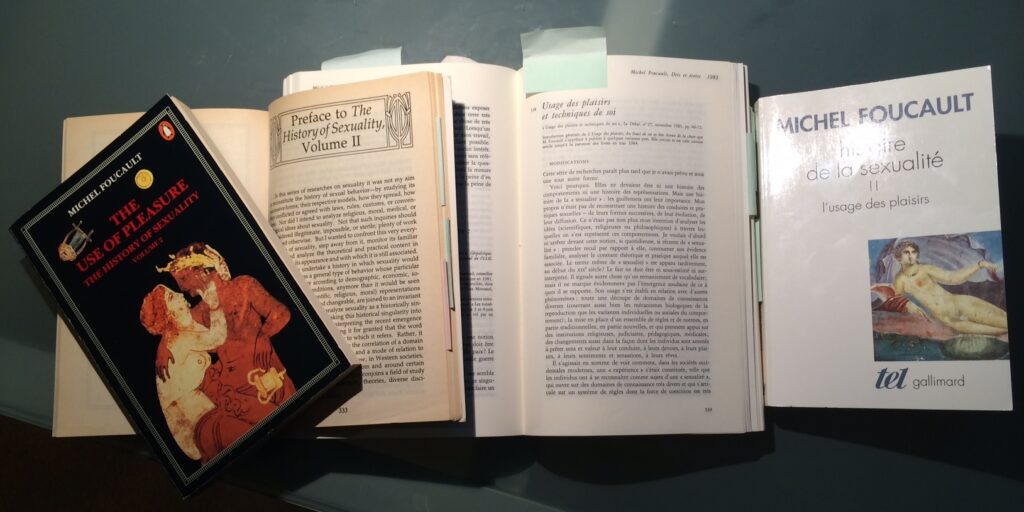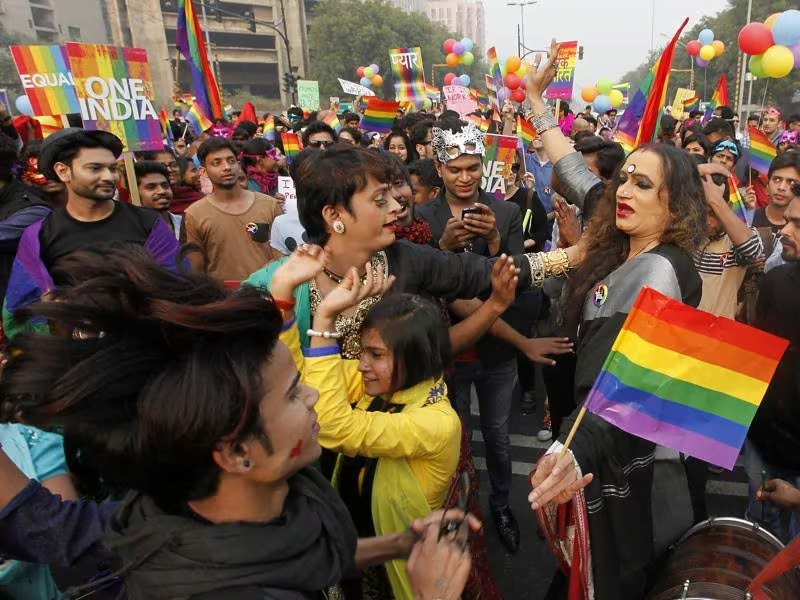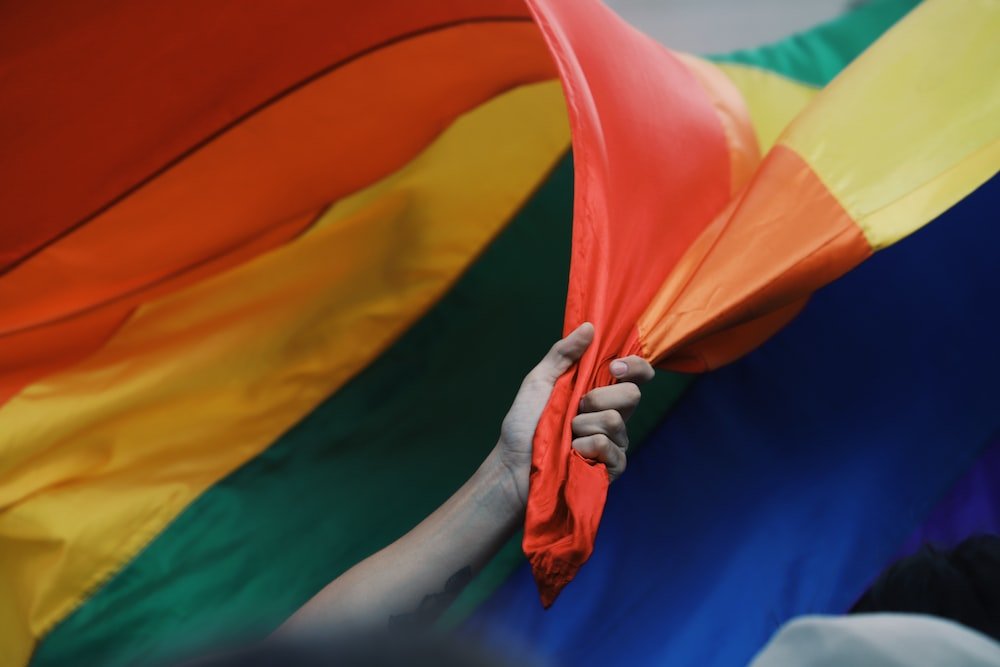Queer studies currently stand as an independent discipline that is dominated by Western queer theories. While those theories are essential to understand the cultural context in which they had been developed in the past, it is important not to view non-western queer communities through the lens of Western ideas of queerness. Nonetheless, the current global imposition of Western queer studies continues to invalidate the lived experiences of South Asian queer communities.
The queer theory started taking shape in the 1990s after theorists began building upon Michel Foucault’s work titled, The History of Sexuality (1976). Foucault’s writing was based on sexualities in the Western context.
Mark McLelland, while reflecting upon a conference named ‘Queer Matters,’ talks about the context in which queer theory had developed and writes how it was originally formulated for the English literature departments in the West — mainly, in the US and the UK — after ‘the postmodern turn.’

As can be understood from his reflections, the theory was derived, shaped and contextualised in Western countries. Therefore, it becomes necessary to analyse whether or not Western queer theory can be accurately applied to the non-western world. Huso Yi argues against this while emphasising how “the lesbian and gay cultures of non-western regions,” can not be represented by something that has been developed in the West.
The term “queer”
Scholars, theorists, writers, and filmmakers dealing with non-western queer studies often exclaim that the term “queer” itself is of a Western origin. This claim can be further used to delve deeper into how these Western terminologies are quite often not recognised even by those within non-western academic circles.

Western queer studies are, therefore, often difficult to internalise for the vast majority of non-western populations primarily due to the varying contexts of their own cultures. J. Daniel Luther and Jennifer Ung Loh explain this while discussing Bollywood filmmaker Apurva Asrani’s thoughts and write that “queer,” as a term, “...is not translatable outside of elite circles who are conversant with western academic knowledge.“
While “queer,” isn’t merely used in academic contexts, but even informally in everyday language, numerous South Asian communities are, at times, unaware of what the term encompasses.
“Queer” for all?
Furthermore, “queer,” in Western queer studies is usually employed as an umbrella term to define all non-heteronormative genders and sexual identities including but not limited to lesbian and transgender identities. It must, however, be understood that certain South Asian communities, both within South Asian countries and in the diaspora, consider Western definitions of lesbianism and transness not inclusive of their ethnic and cultural identities.
Roksana Badruddoja mentions this in her writing by quoting and talking about an experiment conducted by Naheed Islam. She states:
“...South Asian women who love other women…reject the term lesbian. South Asian-American women who sought lesbian organisations and communities, primarily defined by white lesbians, felt they were marginalised and exoticised because of their differences.“
If not othered, South Asian Americans are stereotyped as femmes for not internalising the androgynous aesthetic of American lesbian culture or seen as “passive, dependent, quiet, sensitive, and gentle.” Western notions of lesbianism and queerness, thus, tend to be limiting when applied to non-western populations.
Badruddoja furthers her assertion by explaining that the physical appearances and aesthetics that South Asian women in the diaspora choose to adhere to often lead to their “othering,” by the American lesbian communities.
If not othered, South Asian Americans are stereotyped as femmes for not internalising the androgynous aesthetic of American lesbian culture or seen as “passive, dependent, quiet, sensitive, and gentle.” Western notions of lesbianism and queerness, thus, tend to be limiting when applied to non-western populations.

Another important issue that Badruddoja touches upon in her writing is the representation of South Asian queer movements in Western queer culture. According to her, these movements aren’t included in the academic disciplines in the US and that results in the marginalisation of South Asian-American lesbians.
In fact, South Asian-Americans are categorised as “lesbians of colour or queers of colour,” with all the other nonwhite women which is actually an extremely broad and generic category. This somehow erases their South Asian queer identity altogether.
All South Asian gender-nonconforming persons included within the category of “transgender”
The problem of representation becomes much more complex when the focus is shifted from sexual identities to gender identities. Megan Sinnott accentuates this point while talking about Gayatri Reddy’s writing titled, Respect to Sex: Negotiating Hijra Identity in South India (2005).
She states, “Reddy argues that the project to destabilise the presumed natural-ness of the Western dual gender system has rendered hijras…as static and one-dimensional representatives of a third or intermediate sex defined largely by their sexuality.”
As can be inferred from Sinnott’s reasoning, the various hijra identities that exist in South Asia are quite distinct from how Western queer theory would commonly define transgender identities. Keeping that in mind, the imposition of Western gender identities on the hijra community, as a whole, might be an injustice to their lived experiences.
Rahul Rao makes a similar claim about the imposition of transgender identity on gender-nonconforming South Asian communities while talking about Aniruddha Dutta and Raina Roy’s discussions. He believes that provincialising “hijra, kothi, kinnar, aravani, tirunangai/tirunambi,” communities and placing them all under the category of “trans” is a way of dismissing the existence of the individuals in question altogether.
Queerness, of course, is not a Western construct
Nonetheless, western queer studies not doing justice to South Asian queer communities should not be mistaken for queerness being a Western construction. In fact, queer identities existed within South Asian communities even before Western theories gained global recognition.
Linda Garber elucidates that Foucault’s thoughts about homosexuality were born in 1870 and that often wipes out all discussion about queerness prior to 1870, especially in the world that lies outside the West. She refers to this limitation as “Foucauldian Orthodoxy,” and goes on to substantiate it by drawing from the arguments made by Ruth Vanita in her writings, Same-Sex Love in India (2000) and Queering India (2001).

Garber believes that viewing queerness as something that originated in the West is a queerphobic notion to hold. This is because queer identities have been a part of South Asian communities since ancient and then mediaeval times, as has been highlighted by Vanita in her books. Thus, even though the Western definitions of ‘queer,’ are not all-encompassing of queer identities across the globe, these identities have existed prior to the formulation of almost all Western definitions of queerness.
Have we only inherited anti-homosexuality laws from the West?
It must, however, be acknowledged that South Asian countries like India, inherited their queer-exclusionary laws from the British while they were British colonies. Garber and Rao, both claim that the anti-sodomy laws in India were introduced after the 1870s as a result of “…proscriptions and prescriptions against homosexuality…,” becoming common in Europe. Garber reiterates that the laws criminalising sodomy were introduced in the country during the same time that Foucault claimed to be for when homosexuality was born in Europe.
Foucault might have put in his best efforts to introduce and do justice to the theme of homosexuality in the West, but his generalisations can not be applied to the non-Western world. One of the major reasons behind his theory’s inaccuracy in the context of South Asian countries is the fact that homosexuality and other forms of queerness existed in our cultures from before the timeline given by him for the birth of Western sexualities.

While these are issues of the past, even in the present, terms such as ‘queer,’ and ‘lesbian,’ are not widely accepted in South Asian communities and diasporas because they are largely influenced and defined by Western notions of queerness and lesbianism. The same applies to the multitudinous gender-nonconforming communities within South Asia being categorised as the “third gender” in Western queer studies.
Foucault might have put in his best efforts to introduce and do justice to the theme of homosexuality in the West, but his generalisations can not be applied to the non-Western world. One of the major reasons behind his theory’s inaccuracy in the context of South Asian countries is the fact that homosexuality and other forms of queerness existed in our cultures from before the timeline given by him for the birth of Western sexualities.
What’s needed is, of course, a healthy exchange of ideas between the Western and the non-western worlds. As Howard Chiang and Alvin K. Wong write in their paper, “If queer theory needs Asian studies in order to overcome its Euro-American metropolitanism…so too can Asian studies revitalise itself through the queer disentanglement of the older version…”
About the author(s)
Upasana is a master’s student at SOAS, University of London where she is pursuing a degree in South Asian Area Studies. She is an avid blogger and a film reviewer which means that she is currently struggling to balance her time between Netflix and her grad school commitments. When not reading, writing or binge-watching something, she can be found having deep conversations with her close friends or complete strangers about the most random things under the sun.





